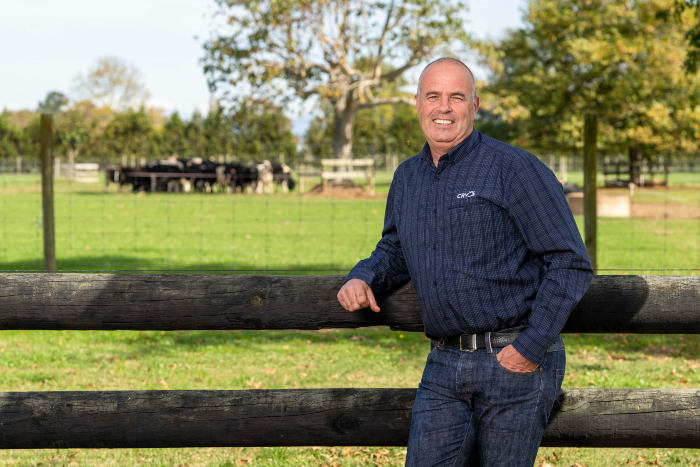"It’s not the season for high empty rates," he says. "Lactation length will be more important than ever to make sure farmers maximize days in milk. Making sure cows are in good condition before mating to help nail 6-week in-calf rates will be crucial."
In addition to accurate heat detection and putting up cows for AI at the right time, James says farmers need to be sure they are mating the right cows to the right bulls.
"On average, herd improvement only makes up about 2.8 per cent¹ of dairy farmers’ costs of production per kilogram of milksolids, which is not much when you consider that the success of a farm business hinges on getting cows in calf.
"Your herd is one of your most important assets. You need to nurture that asset and invest in maintaining its condition so you can capitalise when the market recovers.
"But that investment needs to be spent wisely. It starts by herd testing to identify the best animals to rear and mate. Without that information, you’re flying blind and leaving things to chance. That’s a risk dairy farmers can’t afford to take right now.
"At CRV, we talk about breeding healthy and efficient cows that last longer in the herd. Now's the time, more so than ever, to make sure the cows farmers are breeding are low-maintenance. Ones that are efficient converters of feed into milk and are robust enough to last the distance."
As dairy farmers continue to look for ways to remain profitable and deal with rapid change, CRV has seen an increase in demand for dairy beef over the last few seasons. James expects that trend to continue.
"We have seen a real shift in buying behaviours as farmers seek to minimise waste through good management and ensuring their animals are healthy, last longer, and turn as much grass as possible into milk.
"Right now, dairy beef could also be an option as farmers
look for ways to generate an alternative income stream next year when the
return from their milk could be lower.

